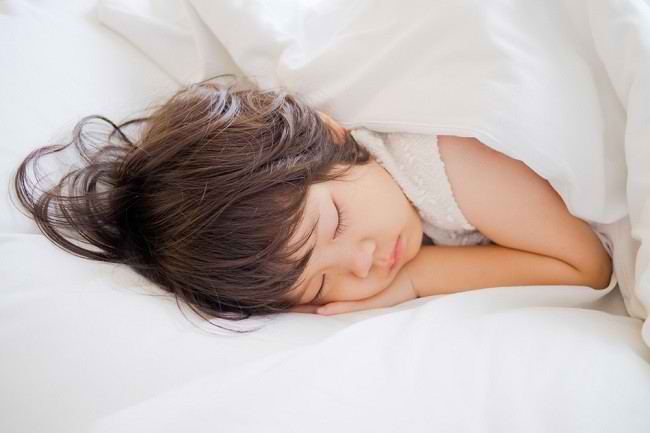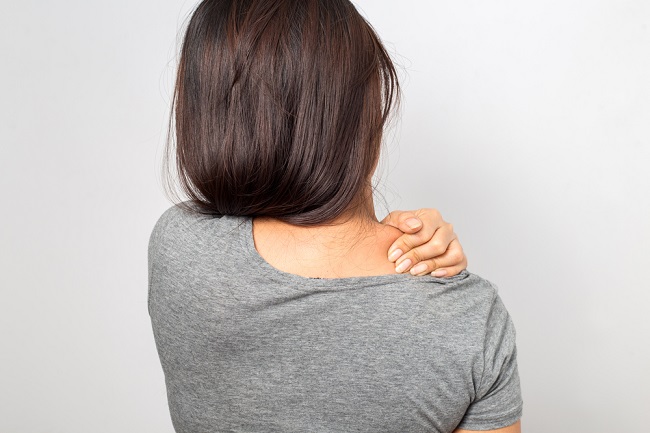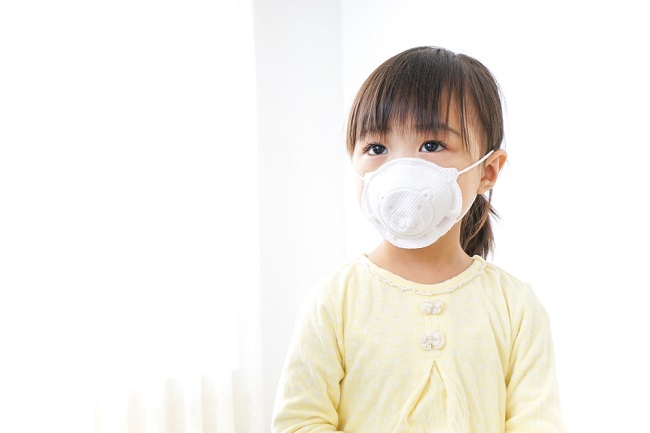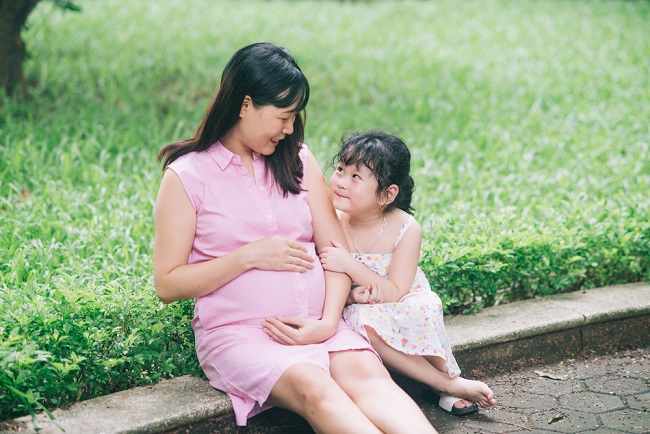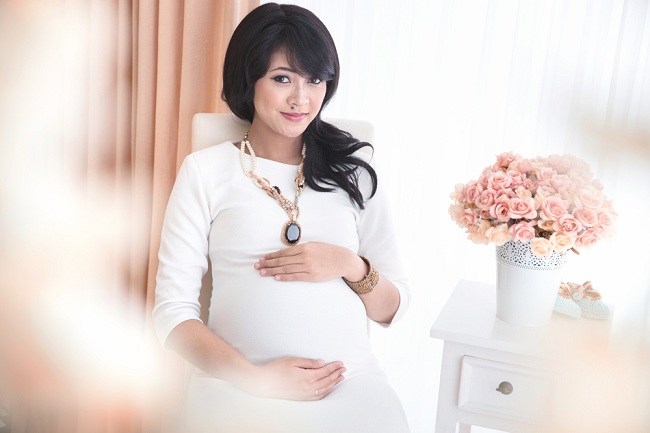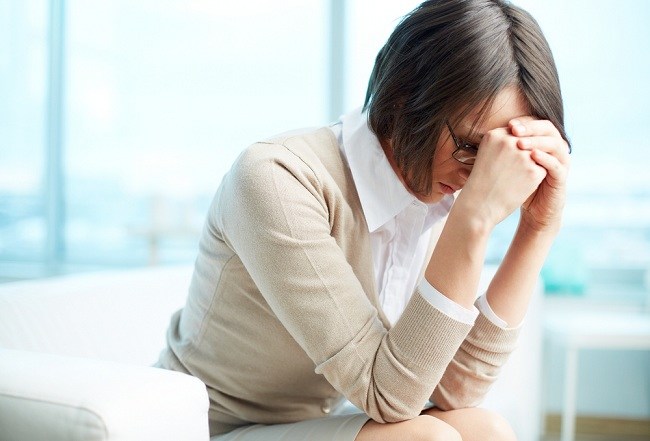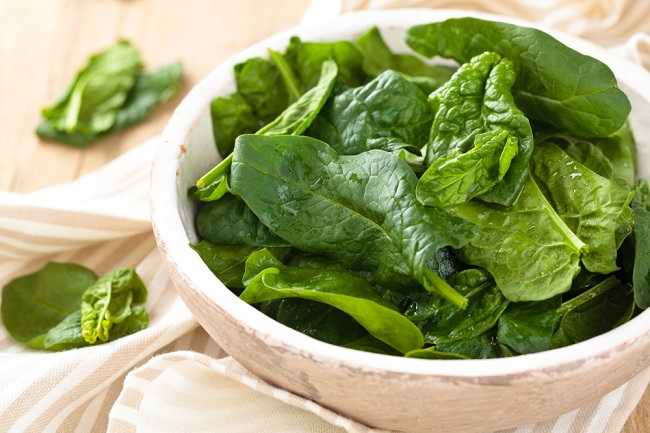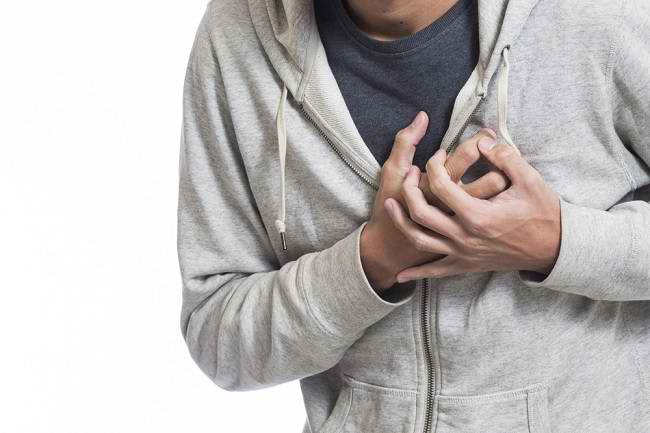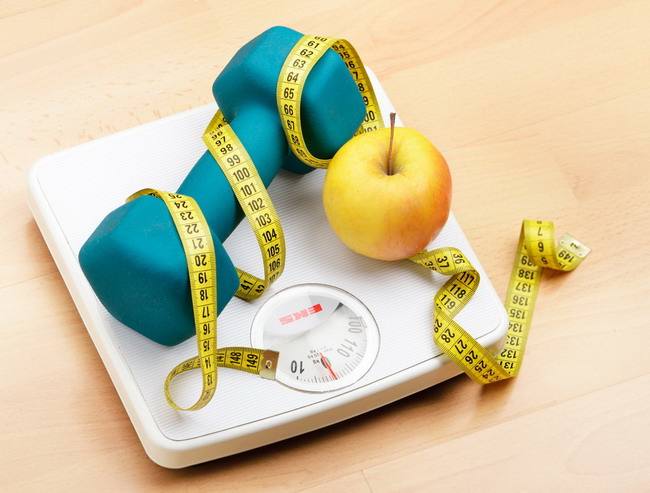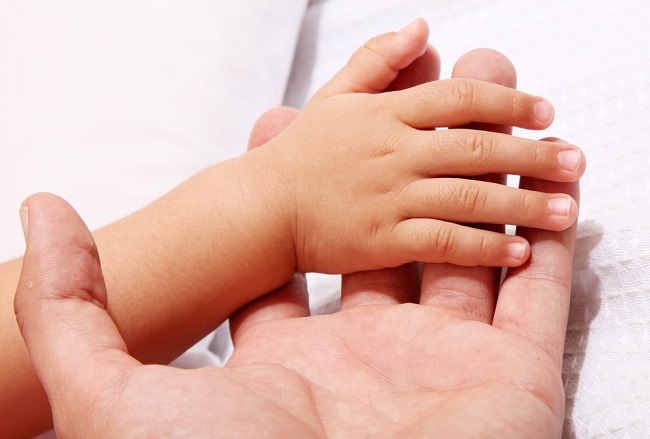Head lice are often experienced by children, even though their hair isrand wash it often. Even so,thave fun, bun. There are several ways you can do to treat head lice in children.
Head lice are parasitic insects that live on the scalp and neck by sucking blood. If there are lice, there will also be pale yellow nits or brown dots, usually attached near the base of the hair strands. At first glance, nits look like dandruff. However, nits cannot be shed by simply combing.

The easiest symptom of head lice for you to see in your little one is scratching. When there are head lice, the child will continue to scratch the scalp due to itching. This itching is an irritation or allergic reaction that usually only appears a few weeks after the nits are attached to the little one's head.
How to Overcome Head Lice in Children
Head lice won't go away on their own without being treated. However, the good news is that these parasites can be eradicated both naturally and with anti-lice products, such as shampoos, creams, and lotions.
The following are steps you can take to completely treat head lice in children:
- Cut your little one's hair as short as possible, if he likes, to prevent more lice from laying eggs.
- Comb your little one's hair while it's still wet to loosen the eggs stuck to the hair strands.
- Wash hair with anti-lice medication while following the instructions for use. Repeat hair washing with this remedy after 7–10 days to kill any newly hatched lice.
- Avoid applying the same drug to a child more than 3 times. Ask your doctor to prescribe a different medicine if the previous one doesn't work.
- Avoid taking two different medications at the same time.
In addition to doing the steps above, you also need to tell your little one not to scratch the scalp excessively, because this can leave wounds. Although uncommon, these sores can cause infection.
The infection is usually characterized by the scalp or around the neck appearing red, swollen, painful, and may be accompanied by swollen lymph nodes in the neck.
If your little one is under 2 months old, you should avoid using head lice medication. In this case, you need to remove lice and nits one by one with a fine-toothed comb and hands when your little one's hair is wet. Repeat every 3-4 days for 3 weeks.
How to prevent the spread of head lice
Although they do not cause serious illness, head lice are very annoying and can easily be transmitted to other people's heads through hair contact. In addition, some objects that can be a means of transmitting head lice include combs, towels, hats, clips, and hair accessories.
Head lice are widely transmitted among kindergarten and elementary school age children. The reason is, children of this age play together more closely. Parents or other adult family members can also get head lice from children
Therefore, if your little one turns out to be suffering from head lice, the first step you can take to prevent its spread is to contact the school or daycare where your little one often spends time. This is important so that they can carry out examinations of other children.
The next steps you can take are:
- Soak combs and various hair accessories, such as headbands and hair clips, in alcohol or lice shampoo mixed with hot water for 1 hour.
- Remind your little one not to share the use of personal items, such as combs, hats, hair clips, towels, or headbands, with other children.
- Avoid drying your little one's hair with hair dryer during the treatment period, to prevent the ticks from moving to other areas.
- Wash your baby's clothes, towels, and toys with warm water, because nits can last a long time on these objects.
Head lice in children are quite disturbing. However, this condition can actually be treated and prevented in a simple way.
If you have difficulty dealing with head lice at home or maybe your little one's scalp has been injured due to scratching, you should consult a doctor, yes, Bun.
